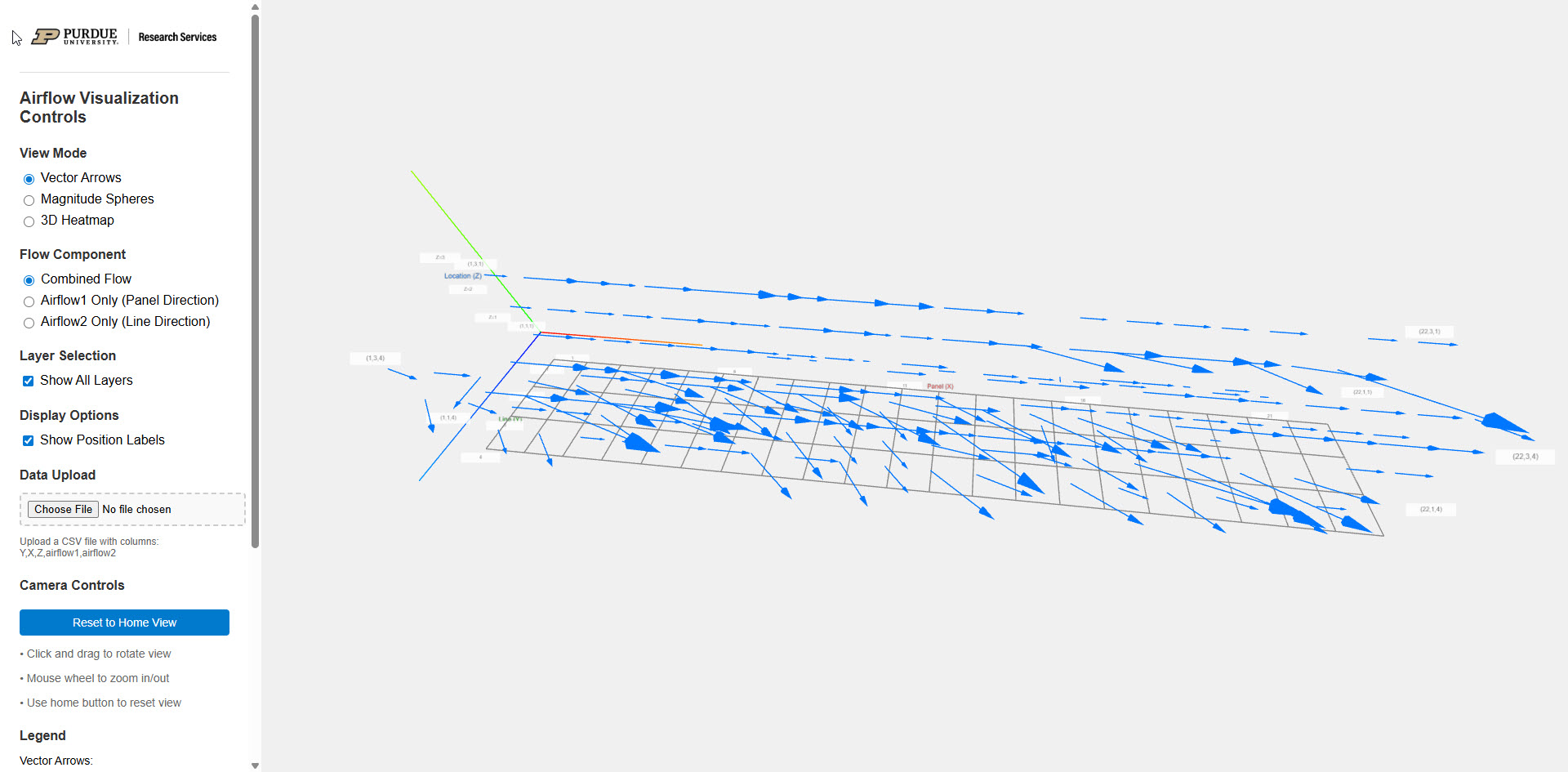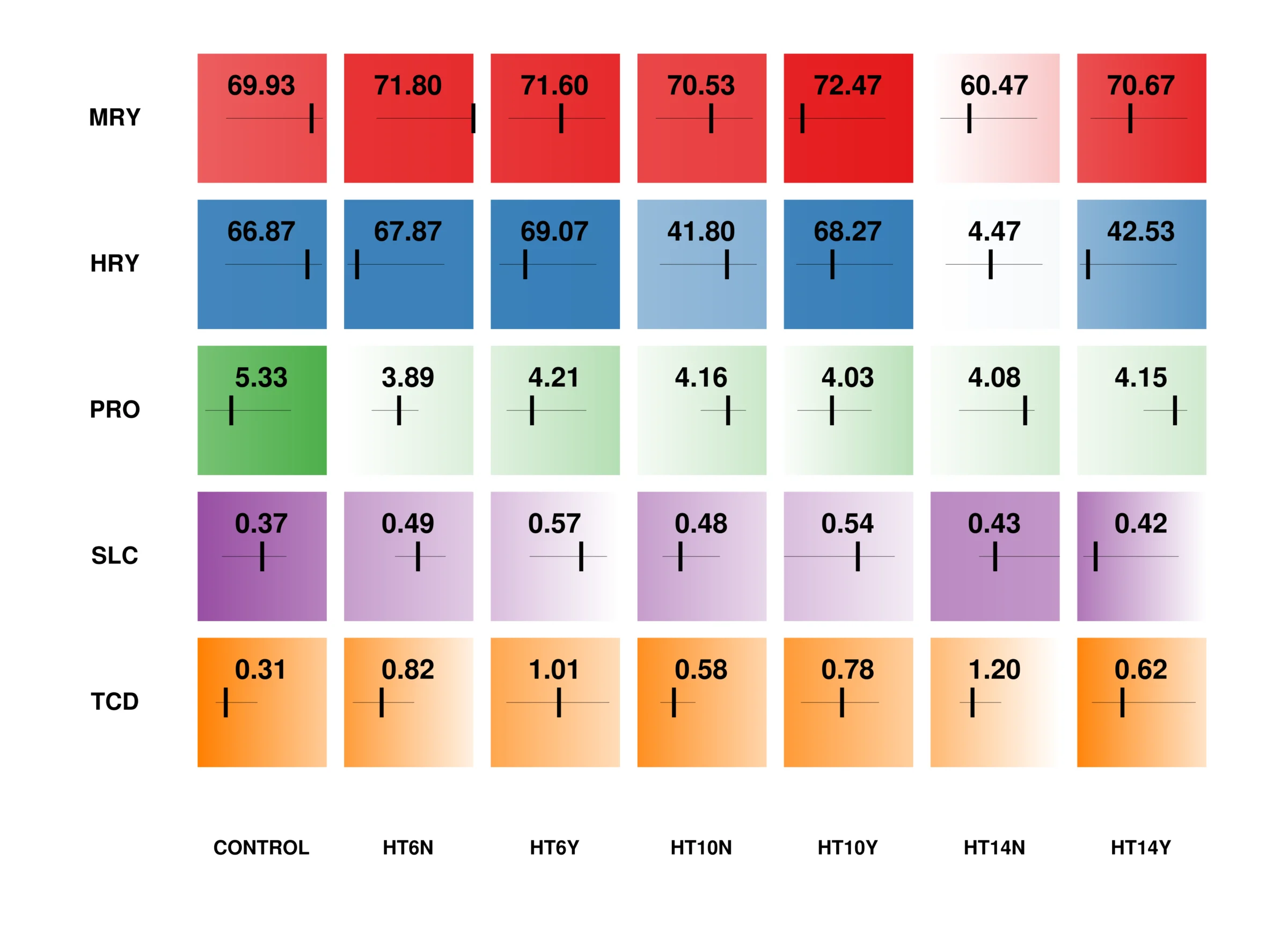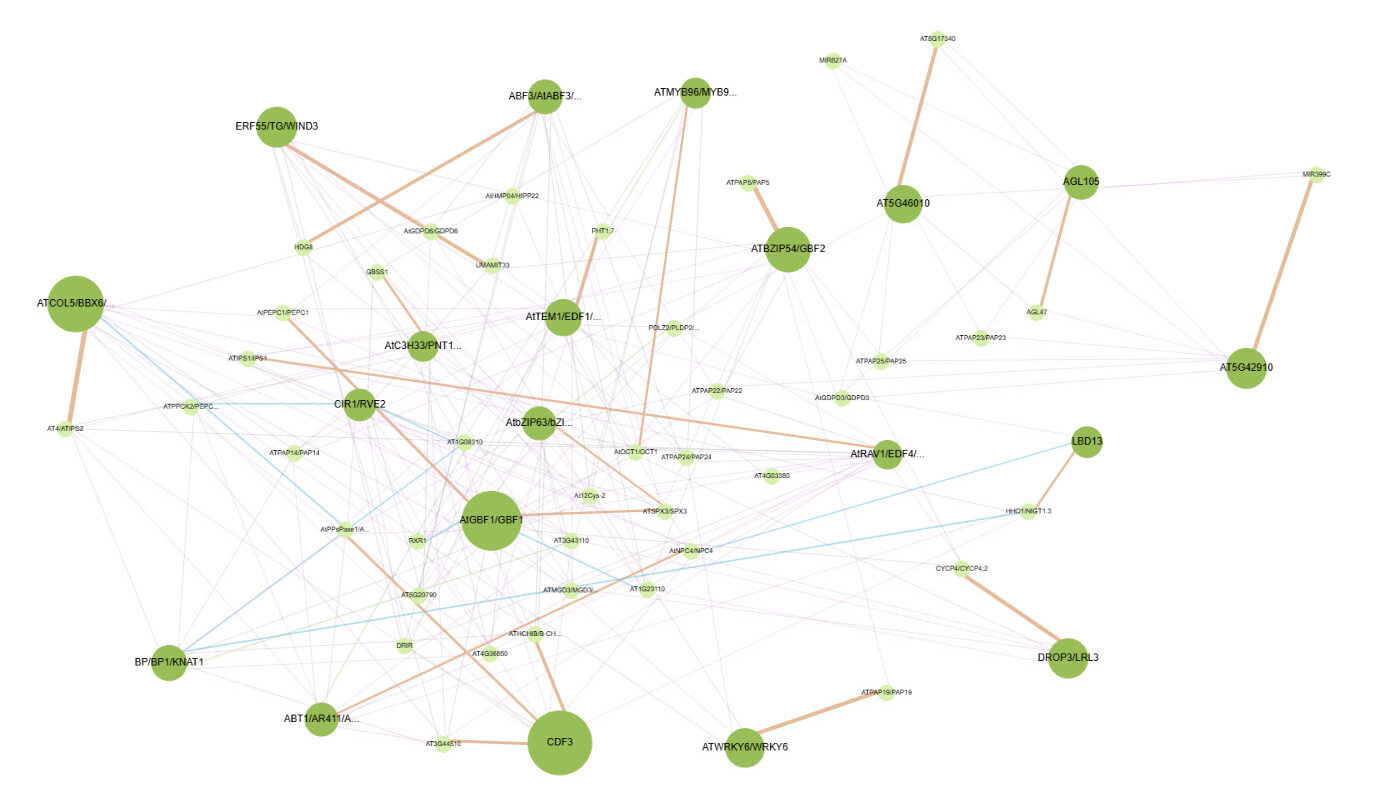Hypoxia impacts hemoglobin gene expression
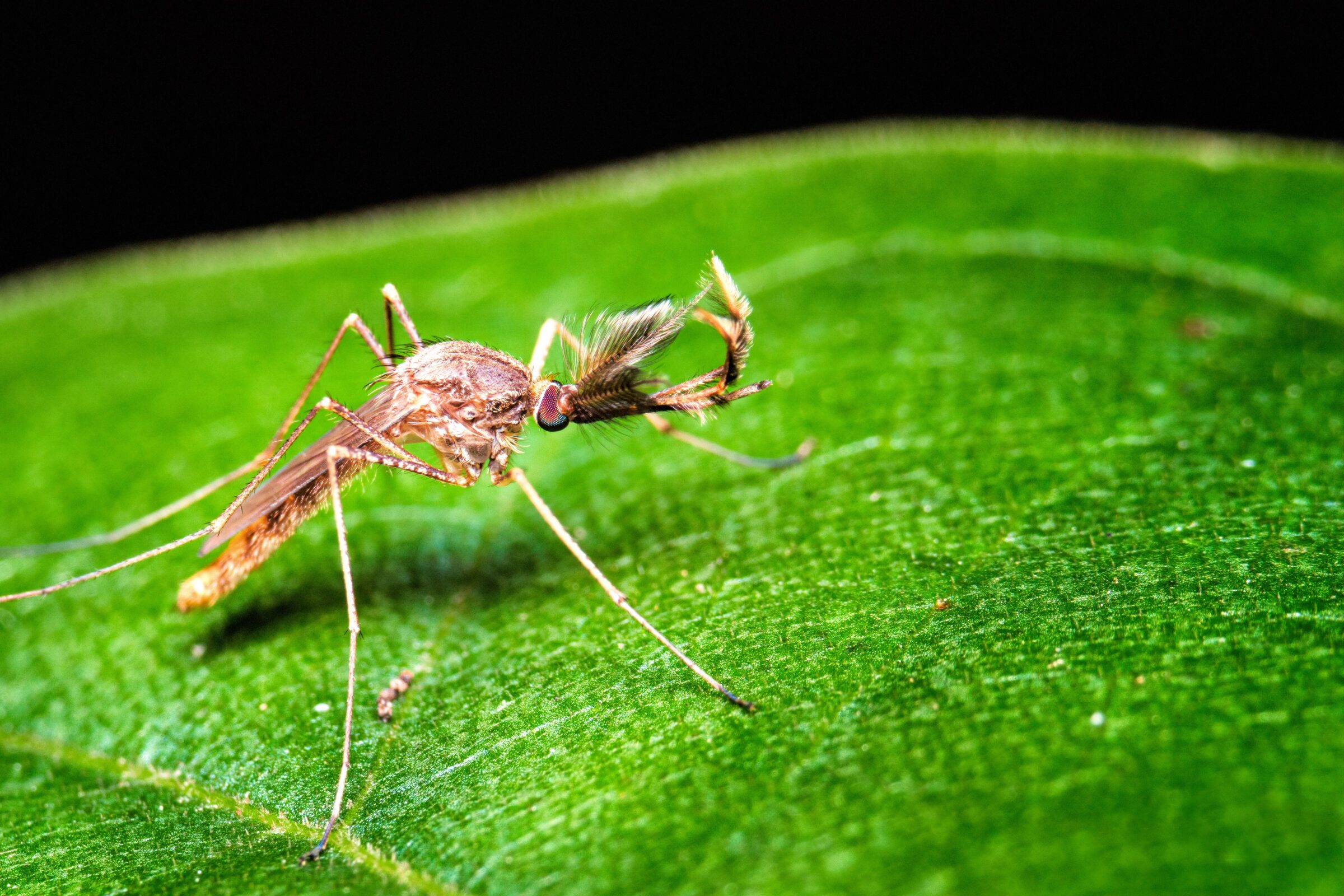
Lake Erie suffers from intense periods of low oxygen, causing massive die-offs
During the summer months, Lake Erie experiences periods of pronounced hypoxic conditions that are dangerous to many aquatic organisms. These events are largely driven by overgrowth of algal populations, which occur because of high levels of run-off of waste and fertilizers that are rich in nitrogen, phosphorus, and other nutrients. The algae grow so densely that the lake water turns to shades of bright greens, and they outcompete most other forms of life. Slowly, the algae begin to die back, and bacteria rapidly digest the decomposing algae which consumes nearly all available dissolved oxygen in the lake’s water.
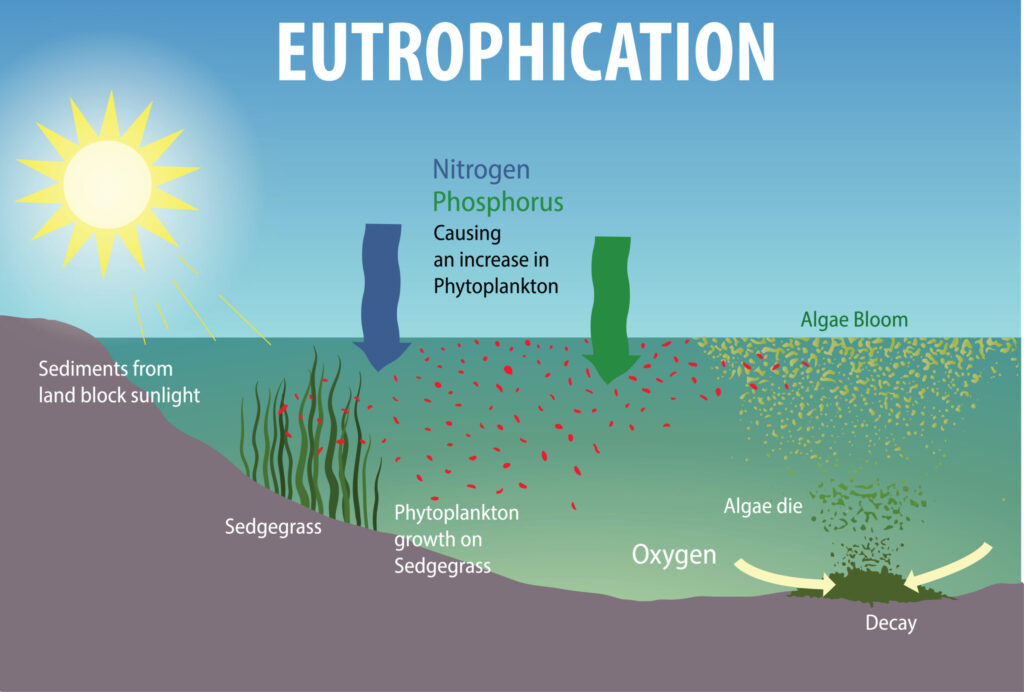
Like humans, aquatic animals require oxygen to survive. During the summer algal blooms, large die-offs of both vertebrates (such as fish) and invertebrates (e.g. insects, mollusks, etc.) occur from the depletion of oxygen in the water. While scientists are actively working toward remediation steps to curtail the effects of the blooms and limit the pollution that trigger blooms, studying animals that can survive in these conditions will help us understand the mechanisms of hypoxia in various species.
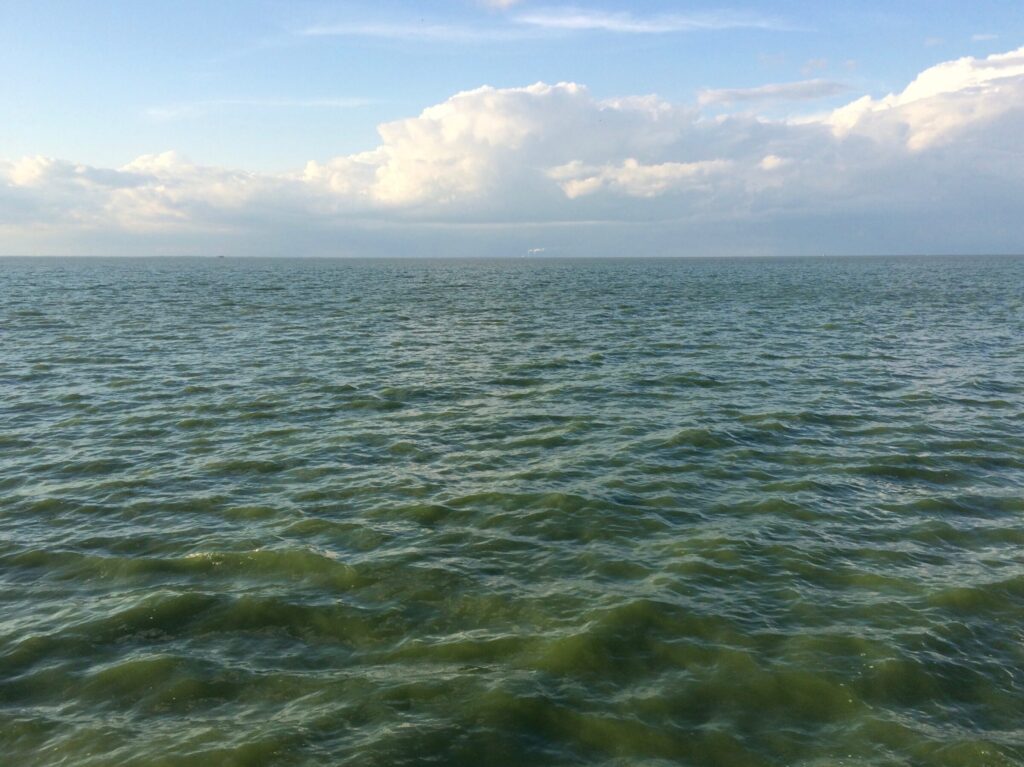
Some non-biting midges have adaptations to survive in extremely low oxygen levels
One species that can withstand these periods of low oxygen are Chironomids, a genus of non-biting midges that are a type of fly, that have fully aquatic larvae. It is hypothesized that species living in the waters of Lake Erie have physiological adaptations to survive extremely low oxygen levels because of the proliferation and abundance of genes that encode for proteins similar to hemoglobin.
Hemoglobin are iron-rich proteins that strongly bind to oxygen molecules in mammalian blood, carrying oxygen throughout body via the bloodstream. However, this protein is not common in insects like midges that instead use a fluid called hemolymph which is analogous, but not identical, to hemoglobin. An outlier among insects, Chironomid midges do have iron-rich hemoglobin, which likely aid in the robustness of the species to hypoxia by holding more strongly onto oxygen than other aquatic invertebrates.
The Sepúlveda Lab in the Department of Forestry and Natural Resources has a funded grant to study the impact of expression of core genes, such as those coding for “hemoglobin”, during times of low oxygen availability. The expression levels of genes that encode blood proteins such as hemoglobin under low oxygen have yet to be described in this Lake Erie species.
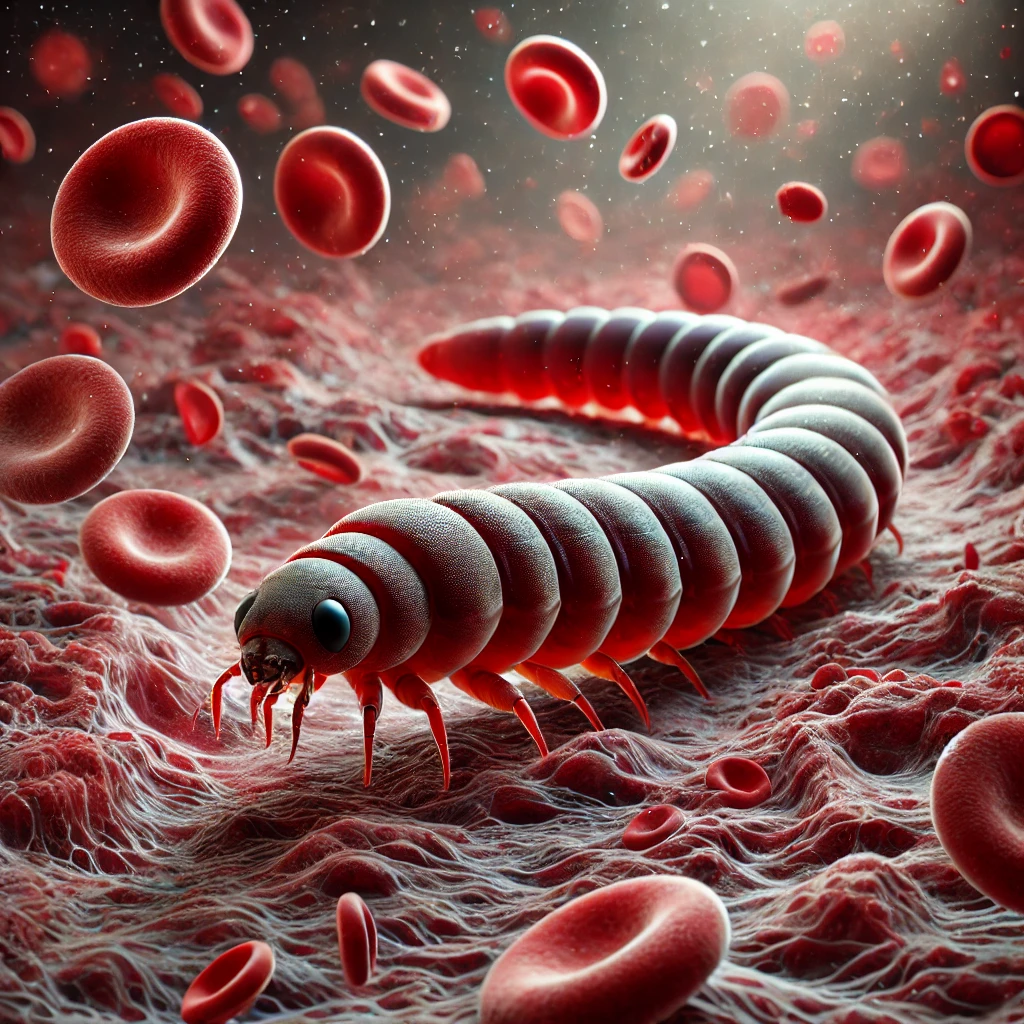
Amanda Pendleton (ADS) is assisting the Sepùlveda Lab in this collaborative research project to uncover the genes that may influence survival under low oxygen levels. A complicating factor to the analysis of gene expression changes is the lack of a reference genome for this non-biting midge species, as well as the rapid expansion in gene copy-number of hemoglobin genes among the genomes of Chironomus species. To overcome this, the group is sequencing the transcriptomes of midge larvae from before, during, and after hypoxic events in Lake Erie, and implementing reference-independent approaches to characterize the genes and pathways that might be utilized to help midges survive intense hypoxic events.
